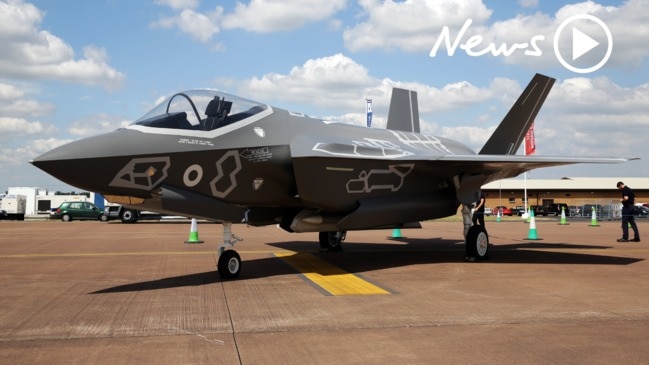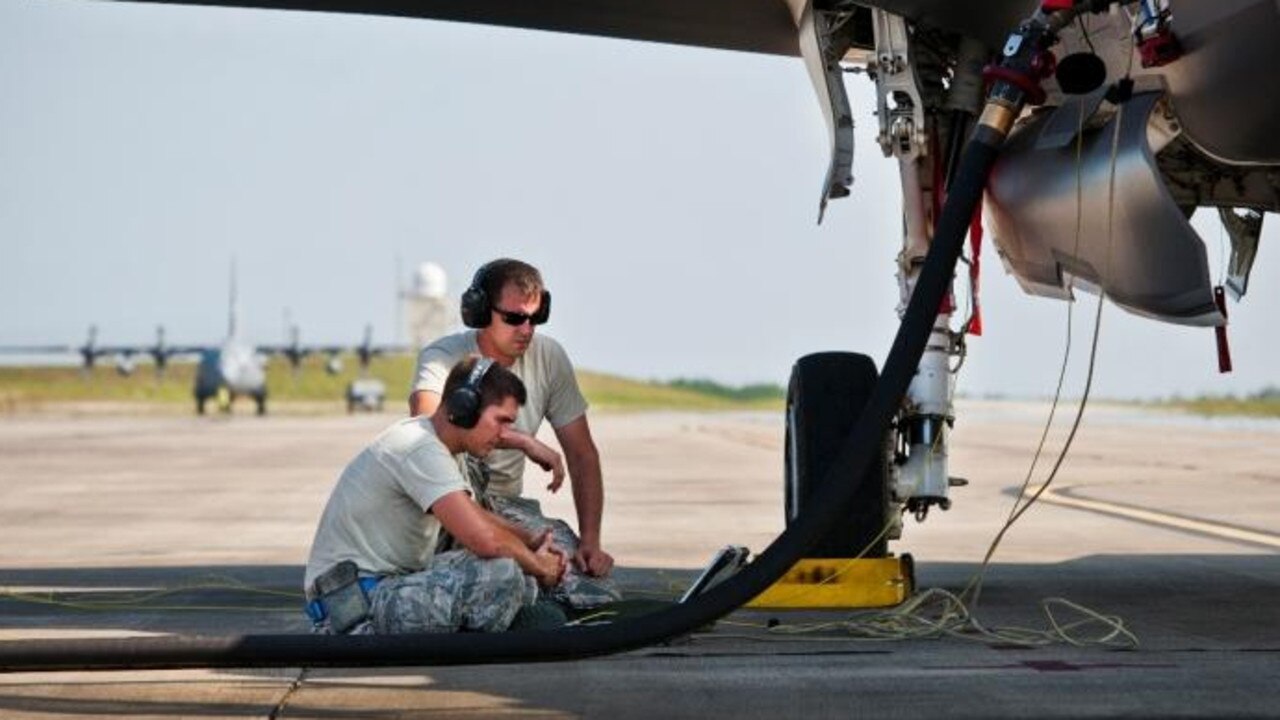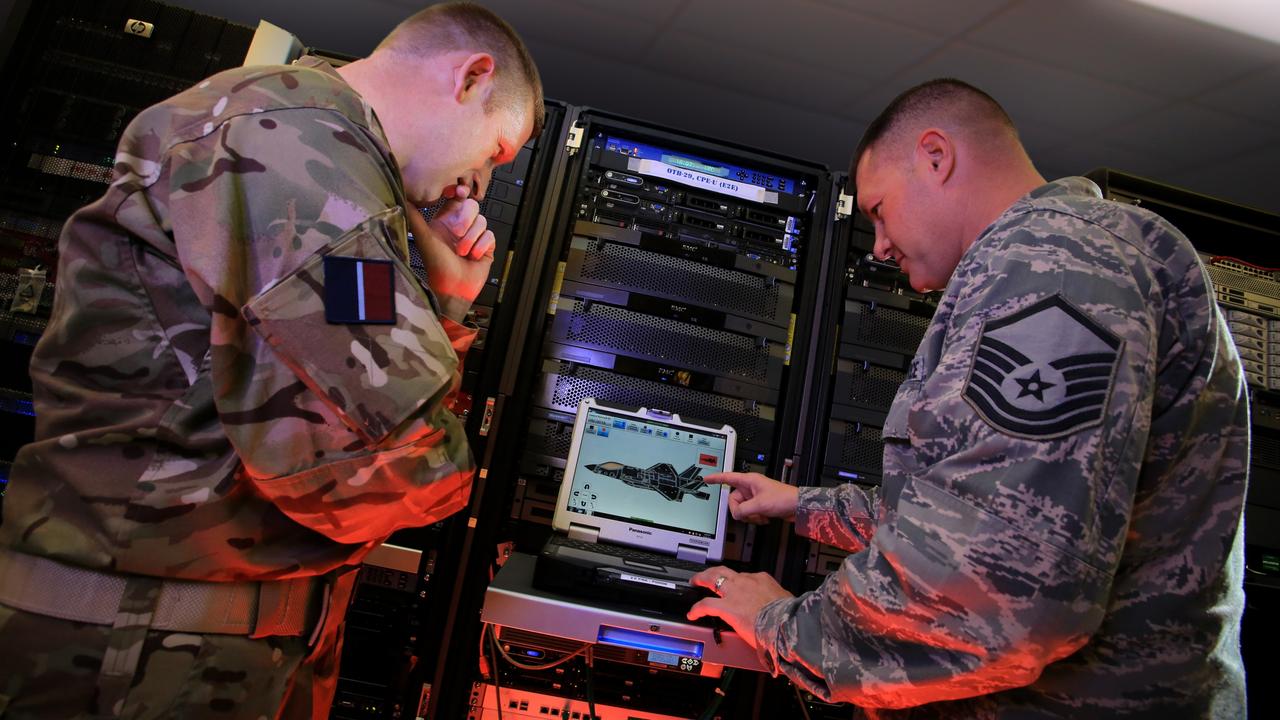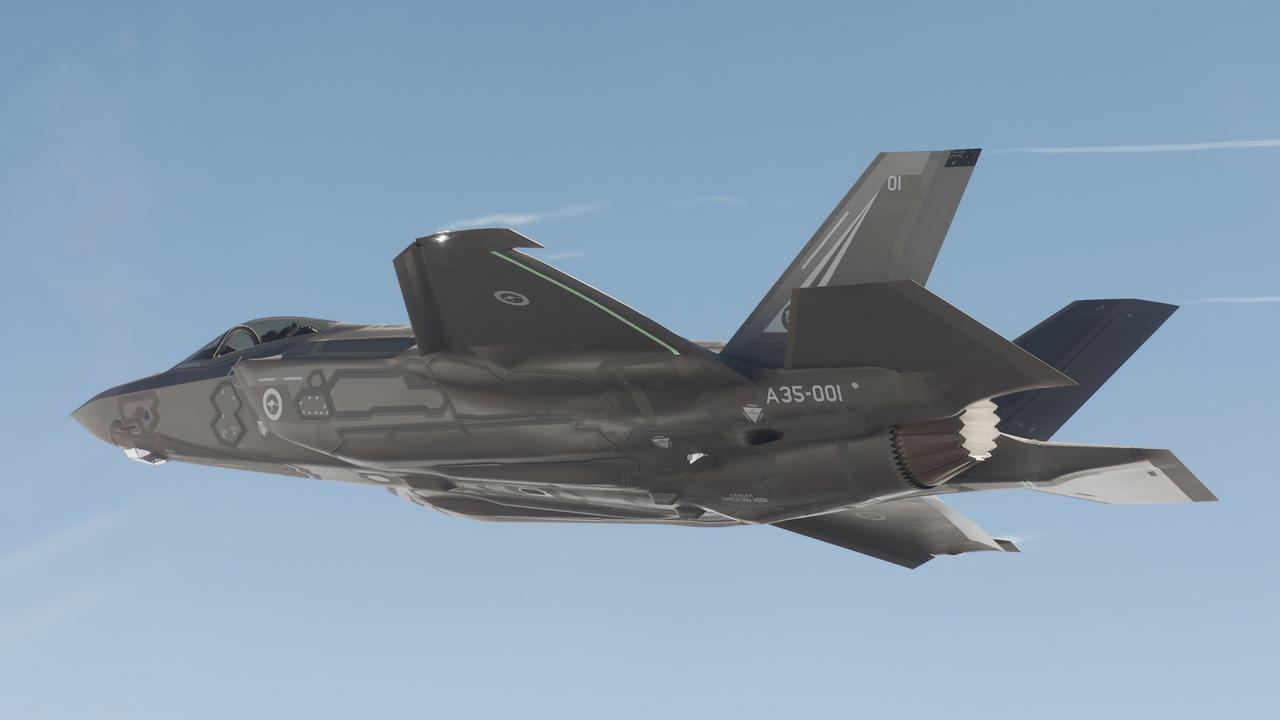Could you swap your job to work with the world’s most lethal fighter jet?
With a new multibillion-dollar industry set to open, these are the professions that could land a job working with Australia’s new F-35 fighter jets.

It’s not every day a new multibillion-dollar industry opens up in Australia.
But with Australia’s first F-35 joint strike fighter jets due to land in Williamtown, New South Wales, on December 10, hundreds of new jobs are set to take off.
And not just for the military.
There’s a chance you could chuck in your job — from IT to aircraft trades and project management — and spend your days working to keep the world’s most lethal fighter jet in the skies over Australia.
So, who’s in the running to get the kind of job satisfaction that comes with working on a $89.2 million piece of military hardware, without the frontline combat or overseas deployments?

THE IT CROWD
You’re going to need an IT guy when you build a fighter jet that takes in every bit of data imaginable and shares it with the rest of the jets in the squadron, as well as parts with international allies.
A lot of them, according to Lockheed Martin Australian head of mission systems Neale Prescott.

Lockheed Martin is spearheading the creation and sustainment of the jets.
And of the initial 70-odd roles for the F-35 program they will have based at RAAF Williamtown, 16 will be in ICT to support the F-35s Autonomic Logistics Information System (ALIS).
People with programming skills, data base management and network security expertise are expected to be in high demand.
“In the ICT area, I can see there being a lot of people,” Mr Prescott said.

And outside of a six-to eight-month process to get them a security clearance (a check on family and financial background), there’s not a lot between someone already working in a similar role and working in the background with the F-35s.
With Australia expected to reach an Initial Operating Capacity by 2020, they’re looking to get people locked into roles now.
RELATED: Australian fighter jet pilots could learn to fly in 3D printed cockpits
RELATED: Surprising things you might not know about new hi-tech fighter jets
MANAGEMENT ROLES COULD PULL $100,000
System engineers and senior program managers attached to the defence industry might also be in a position to see serious salaries.
“Some of these careers are likely to be in the six-figures,” Mr Prescott said.
That’s a lot more Gs than the nine Gs the jets themselves can handle.
And, put simply, with a rapid escalation in the work force over the coming years, the F-35 program will have to be competitive to get staff.
“In the next 10 years, there’s going to be quite a bit of demand from the fighter jet industry,” Mr Prescott said.

Fewer than half the positions at the larger support companies working on the F-35 program would be filled by those with military experience, Mr Prescott said.
“At the moment, most of the larger companies have 35-40 per cent of former military people, if you look across the program,” he said.
“So the opportunity for those who don’t have that military background is very good and that’s more just a case of taking your time to understand the complexity of the demands.”
EX-MILITARY TYPES LOOKING TO GET BACK IN
Used to be in the air force, but landed back in civilian life a few years back? Recruiters might be about to lock on to you.

Milskil, a military training group, is looking for exactly that kind of person to run its F-35 pilot training programs — near 20 roles subcontracted to them by Lockheed Martin.
Milskil strategy and development director Grant Iddon said everything from flight instructors to maintenance trainers were on their list. But they were looking to avoid solely recruiting from the ADF.
“We aren’t looking to take people out of Defence in the process,” Mr Iddon said.
“It might mean pulling people back in from other areas where they have gone into civilian employment. That’s the ideal sweet spot, where they have fresh memories of Defence.”

While those who bugged out 20 years ago might find their skills a little dated, fast jet pilots and maintenance staff who moved into civilian roles in the past five years would be among those who could make a comeback and a chance to work with the advanced aircraft.
HIGH SCHOOL LEAVERS
You’d think working with a stealth fighter jet that can take out its opposition before it’s even been detected would take an extraordinary set of skills.
And it does.
But with some 400 jobs to be created by the F-35 program at BAE Systems Australia by 2025 and the jets expected to be a mainstay of Australia’s air force for at least 30 years, they’re already working with high schools in the Hunter Valley to build their workforce.
“People shouldn’t be holding themselves back and thinking they could never do that,” BAE Systems Australia’s aerospace and integrated systems director Steve Drury said.
“You get good training and you can go there from high school right now. There’s a direct line from high school to working on these incredible aircraft.”

A Certificate II in aircraft trades would be enough to get a young Australian into further training through BAE and eventually working on the F-35s.
Those already employed in the industry with experience working with airframes might also be on the list for potential recruitment.
“They will be required to do various processes, work with primary structure to help with fatigue management of the aircraft,” Mr Drury said.
“These are the really high-tech jobs working with a really high-tech aircraft.”
Project managers from various walks of life will also be in demand, given the scale of the program, he added.



